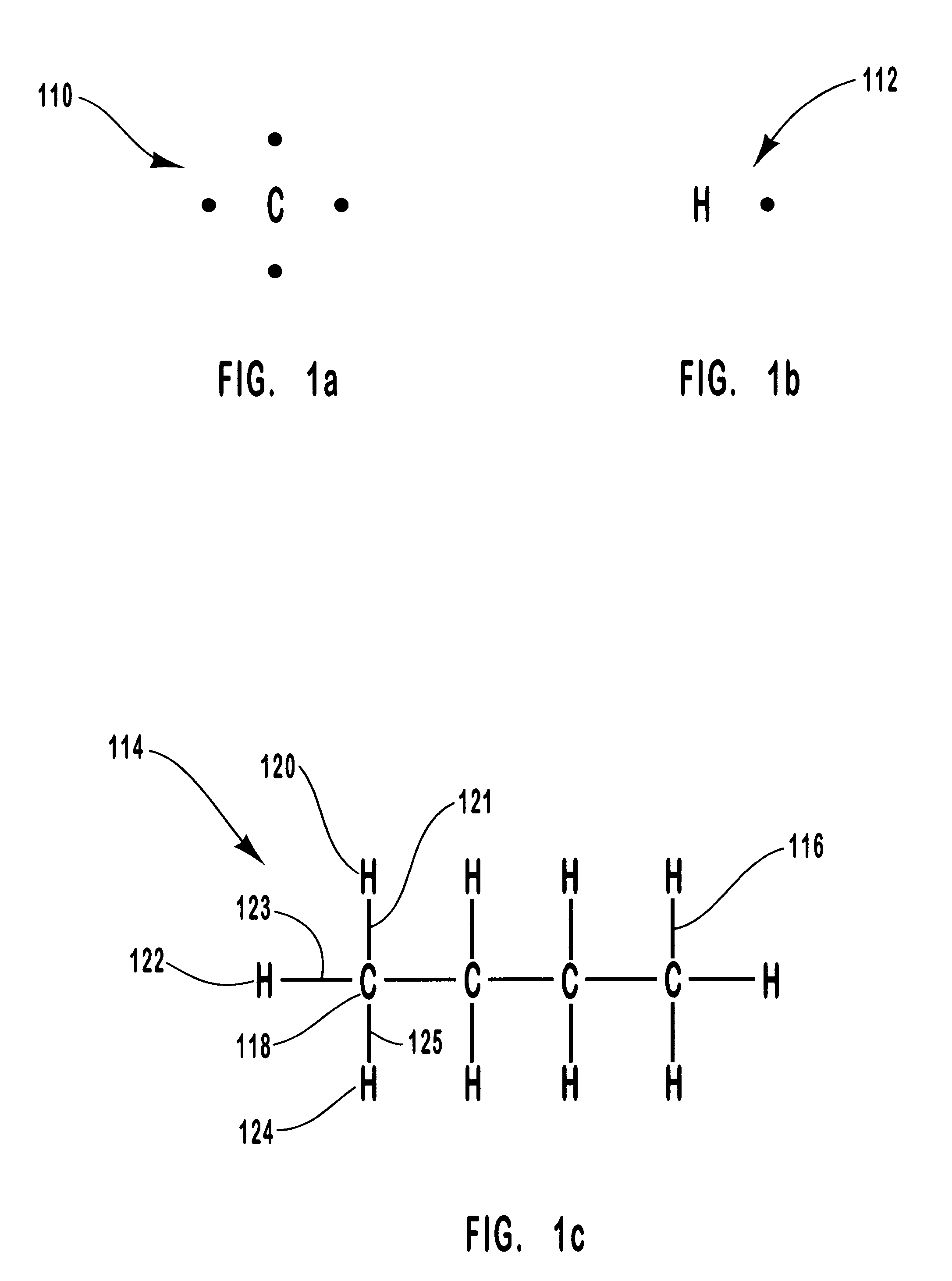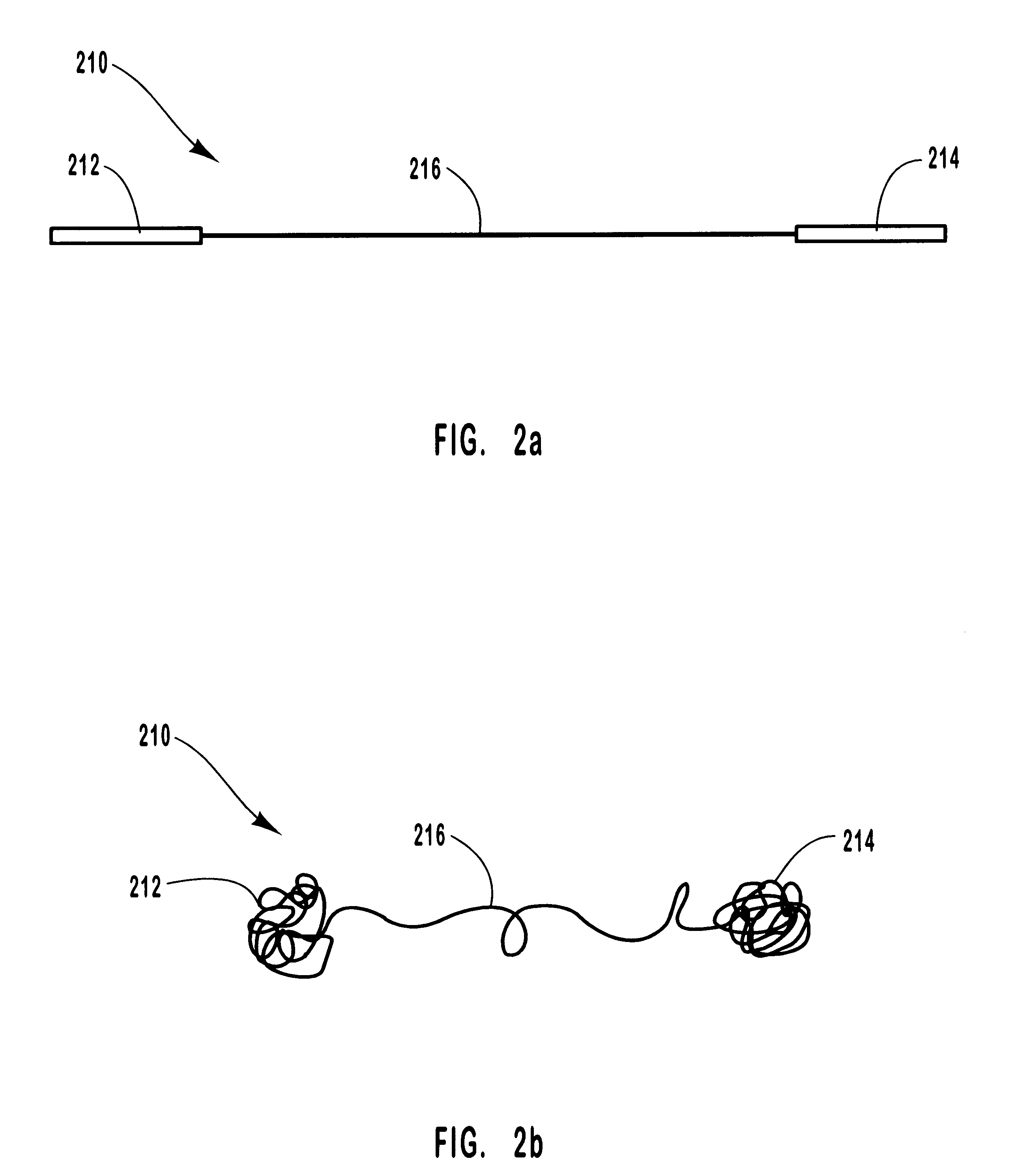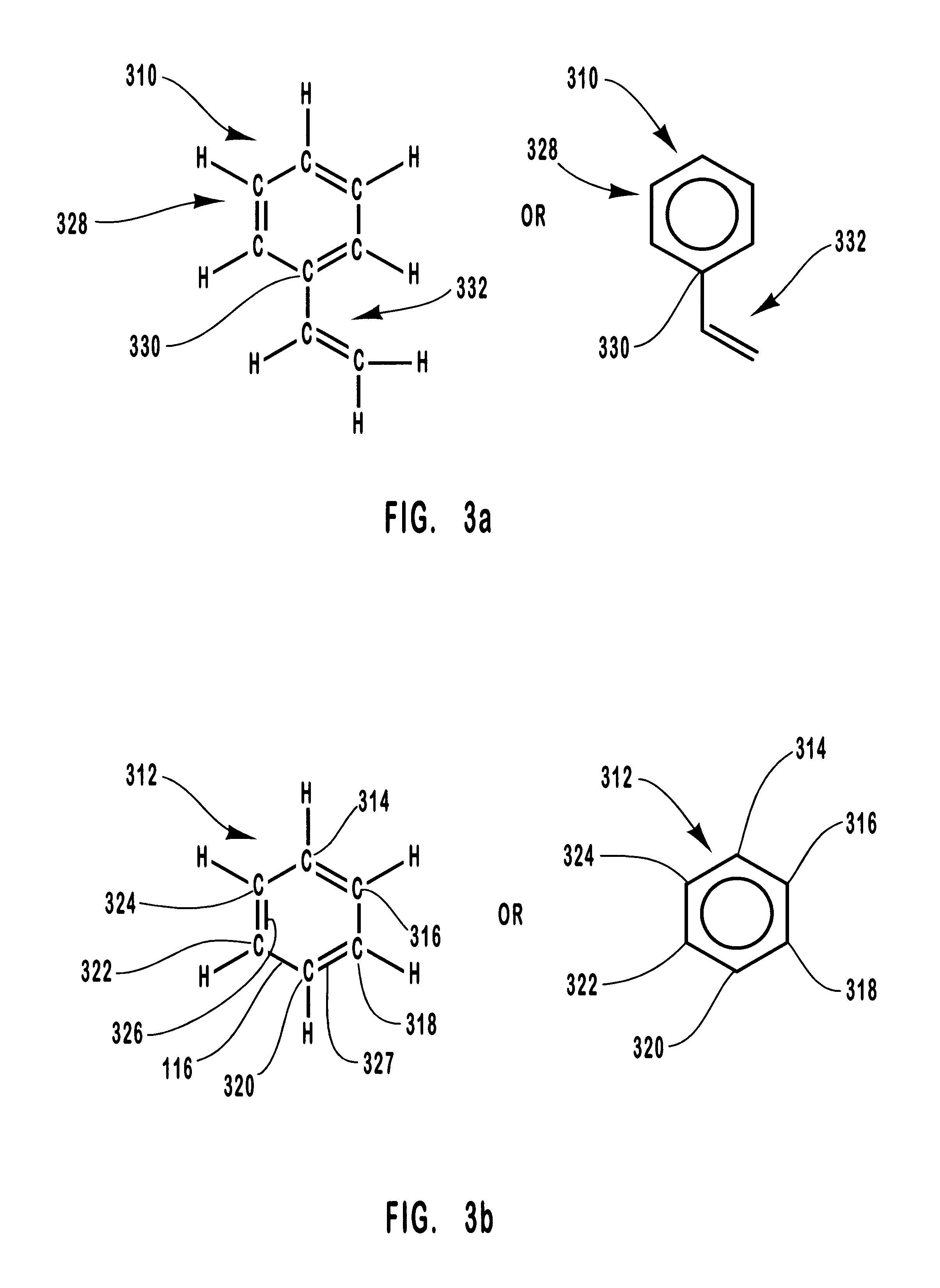Elastomeric podalic pads
a podalic pad and elastomeric technology, applied in the field of cushioning pads, can solve the problems of inability to tailor the softness and rebound rate of sieverding's material to any given elastomer to plasticizer ratio, and achieve the effect of soft and deformabl
- Summary
- Abstract
- Description
- Claims
- Application Information
AI Technical Summary
Benefits of technology
Problems solved by technology
Method used
Image
Examples
example 14
A visco-elastic material was made which included four parts REGALREZ.RTM. 1018 (plasticizing resin), four parts HERCULES.RTM. Ester Gum 10D (plasticizing resin) and one part SEPTON 4055 (A-B-A copolymer). The components were mixed, placed in an oven and heated to about 300.degree. F. After all of the components became molten, they were mixed, poured onto a flat surface and cooled. The material had little tack, deformed under pressure, was very stiff but readily deformable with light sustained pressure, and had an extremely slow rate of rebound.
The material of Example 15 was prepared by premixing the components and melt blending them in an injection molding machine according to one preferred compounding method of the present invention. The material was moderately tacky and deformable under slight, prolonged compressive force, had extremely slow rebound and was very stiff.
FORAL 85, manufactured by Hercules, is a glycerol ester of hydrogenated resin that is used primarily as a tackifie...
example 17
A visco-elastic material which includes from about one to about 30 weight percent of a triblock copolymer and about 70 to about 99 weight percent of a plasticizer, said weight percentages being based upon the total weight of the visco-elastic material. The visco-elastic material may also include up to about 2.5 weight percent of a primary antioxidant and up to about 2.5 weight percent of a secondary antioxidant, said weight percentages based upon the weight of the triblock copolymer.
Additives such as colorants, flame retardants, detackifiers and other additives may be included. Various formulations of the material of the present invention may be tailored to achieve softness, strength, tackiness and specific gravity as desired.
example 19
SEPTON.RTM. 4055 is a polystyrene-hydrogenated poly(isoprene+butadiene)-polystyrene tri-block copolymer manufactured by Kuraray Co., Ltd. of Tokyo, Japan. LP 150 is a paraffinic mineral oil manufactured by Witco Corp. of Petrolia, Pa. IRGANOX.RTM. E 17 is a liquid vitamin E antioxidant, which is manufactured by Ciba-Geigy of Tarrytown, N.Y. DYNAMAR.RTM. PPA 791 is a fluorochemical plasticizer bleed reducing additive manufactured by 3M Company of St. Paul, Minn.
REGALREZ.RTM. 1018 is a hydrocarbon resin manufactured by Hercules Incorporated of Wilmington, Del. IRGANOX.RTM. 1010 and IRGAFOS.RTM. 168 are both sold by Ciba-Geigy.
Kenemide E Ultra is grapeseed oil that is used as a slip agent or detackifier to produce a product with a non-tacky exterior.
E. Uses
1. General
The tailorability of the materials of the present invention makes them useful in many different product applications. Thin layers of the materials may be used as padding or backing for carpets and rugs. In construction, the...
PUM
 Login to View More
Login to View More Abstract
Description
Claims
Application Information
 Login to View More
Login to View More - R&D
- Intellectual Property
- Life Sciences
- Materials
- Tech Scout
- Unparalleled Data Quality
- Higher Quality Content
- 60% Fewer Hallucinations
Browse by: Latest US Patents, China's latest patents, Technical Efficacy Thesaurus, Application Domain, Technology Topic, Popular Technical Reports.
© 2025 PatSnap. All rights reserved.Legal|Privacy policy|Modern Slavery Act Transparency Statement|Sitemap|About US| Contact US: help@patsnap.com



